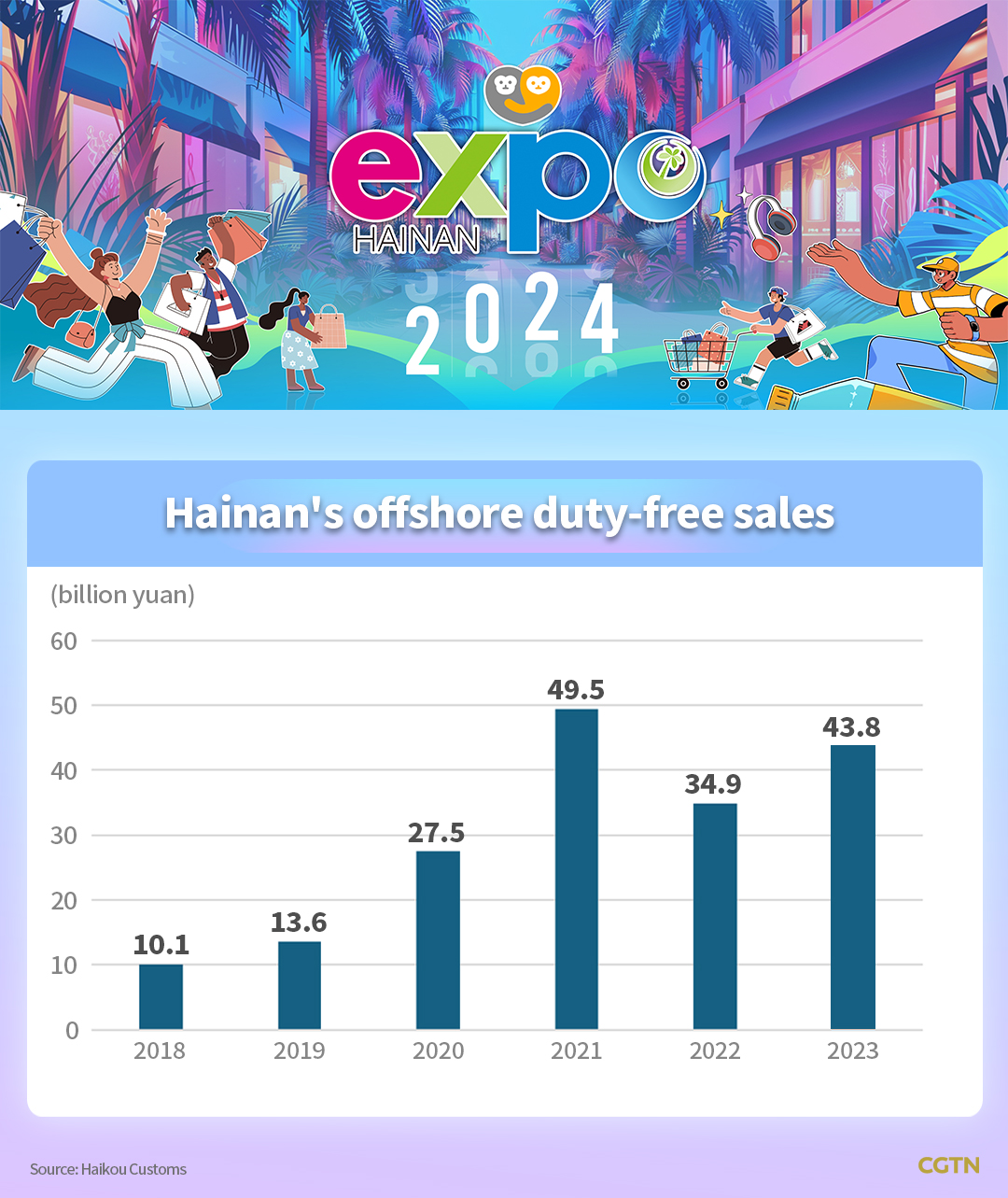 A view of the city of Rome, Italy. /CFP
A view of the city of Rome, Italy. /CFP
A view of the city of Rome, Italy. /CFP
Editor’s note: Zhao Chen is director of the Department of International Relations Studies, Institute of European Studies, Chinese Academy of Social Sciences. The article reflects the author’s opinions and not necessarily the views of CGTN.
In 2019, the Italian government signed a memorandum of understanding on the Belt and Road Initiative (BRI) with China.
After that, the trade volume between the two countries registered record highs for three consecutive years, reaching $77.88 billion in 2022.
In the first five months of 2023 alone, Italian exports to China increased substantially by 58 percent, making China Italy’s largest trading partner in Asia.
To broaden the sales channel for Italian products in China, China invited Italy to be the guest of honor at the China International Import Expo in Shanghai and the World Winter Sports (Beijing) Expo. Meanwhile, Italy was the only guest of honor at the third China International Consumer Products Expo held in Hainan.
Over the past three years, China and Italy have produced numerous new highlights in various fields, such as shipbuilding (cooperation in building large cruise ships), offshore wind power, energy transformation and third-party market cooperation.
These achievements have demonstrated the tremendous potential for cooperative development and truly benefited the people of both countries.
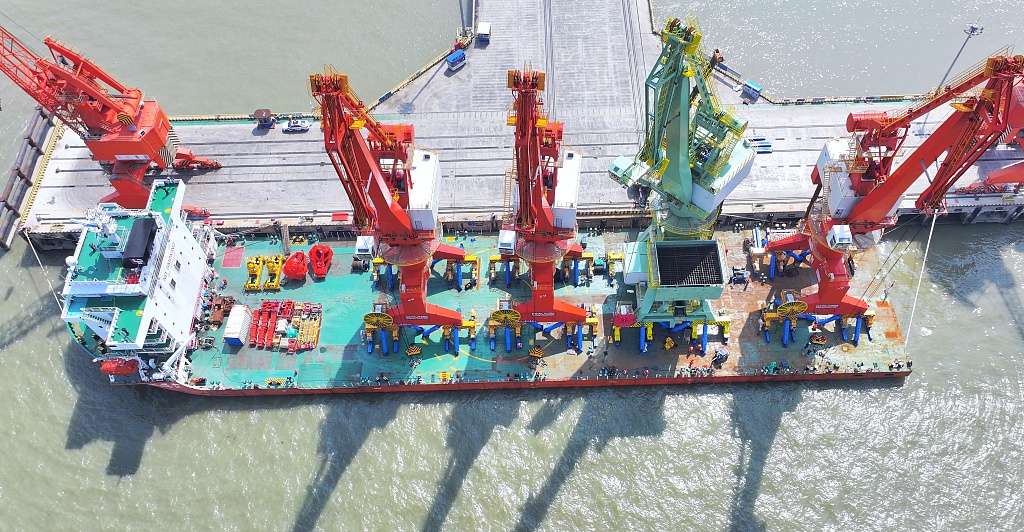 An aerial view of a container terminal at Lianyungang Port, Jiangsu Province, China. /CFP
An aerial view of a container terminal at Lianyungang Port, Jiangsu Province, China. /CFP
An aerial view of a container terminal at Lianyungang Port, Jiangsu Province, China. /CFP
The Conte administration’s decision to engage with China under the framework of the BRI was a significant choice made after careful weighing of Italy’s national interests by its government.
After the European debt crisis, Italy grappled with prolonged economic stagnation and struggled to attract foreign investment.
In 2019, Luigi Di Maio, then Italy’s foreign minister, decided to seek solutions eastward and championed the signing of a memorandum of understanding on the BRI between the Italian government and China.
Subsequent historical events in Sino-Italy cooperation have vindicated Italy’s decision.
When the COVID-19 pandemic ravaged Italy in early 2020, Di Maio said in an interview with the Radiotelevisione Italiana (RAI), “Italy had initially donated 40,000 masks to China, and now China had returned the favor with millions of masks.”
Those who initially ridiculed Italy for joining the BRI should now acknowledge that Italy’s investment in this partnership has enabled it to treat patients and save lives.
China and Italy are both ancient countries and modern states with distinct characteristics. They have promising prospects for complementary cooperation in various fields, such as cultural tourism, economic finance, green development, technology-enabled manufacturing and infrastructure.
Italy can reap substantial benefits from the BRI if it remains committed to an open and win-win mindset and focuses on pragmatic cooperation.
For instance, the Port of Trieste in northern Italy could become a pivotal port in southern Europe, on par with the Piraeus Port of Athens in Greece, if it can dispel unfounded geopolitical concerns and expand cooperation with Chinese agencies. This could improve the logistics efficiency of northern Italian ports and partially alleviate local employment stress.

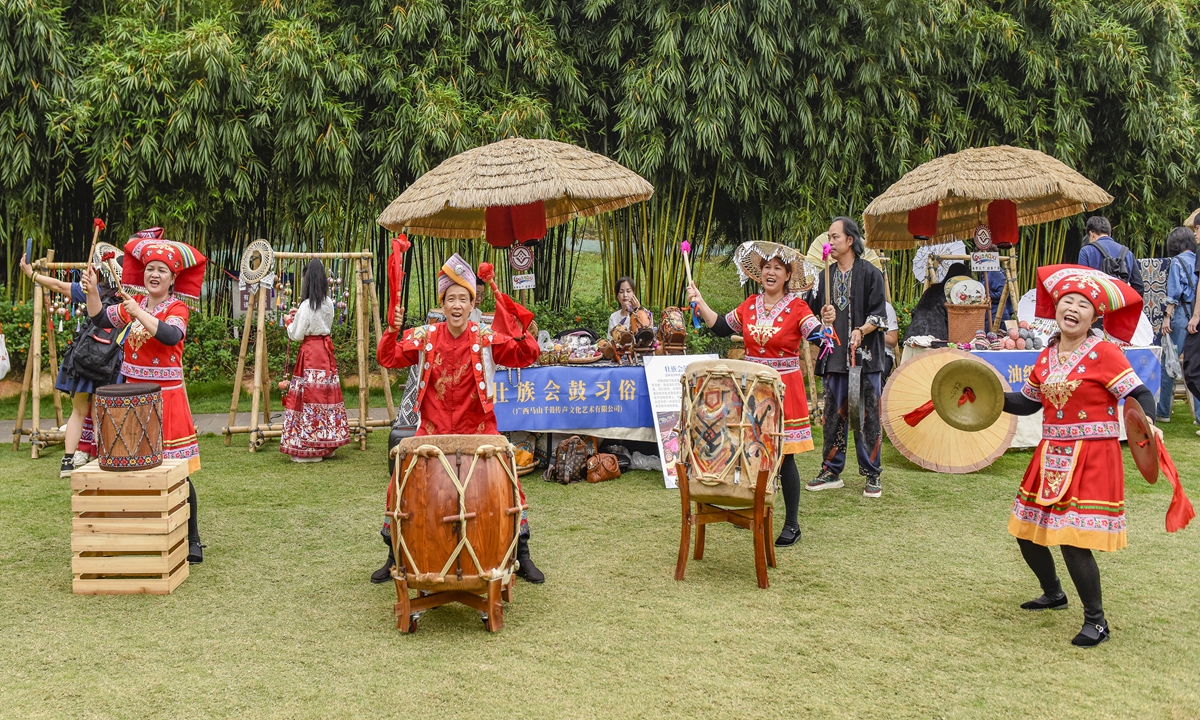
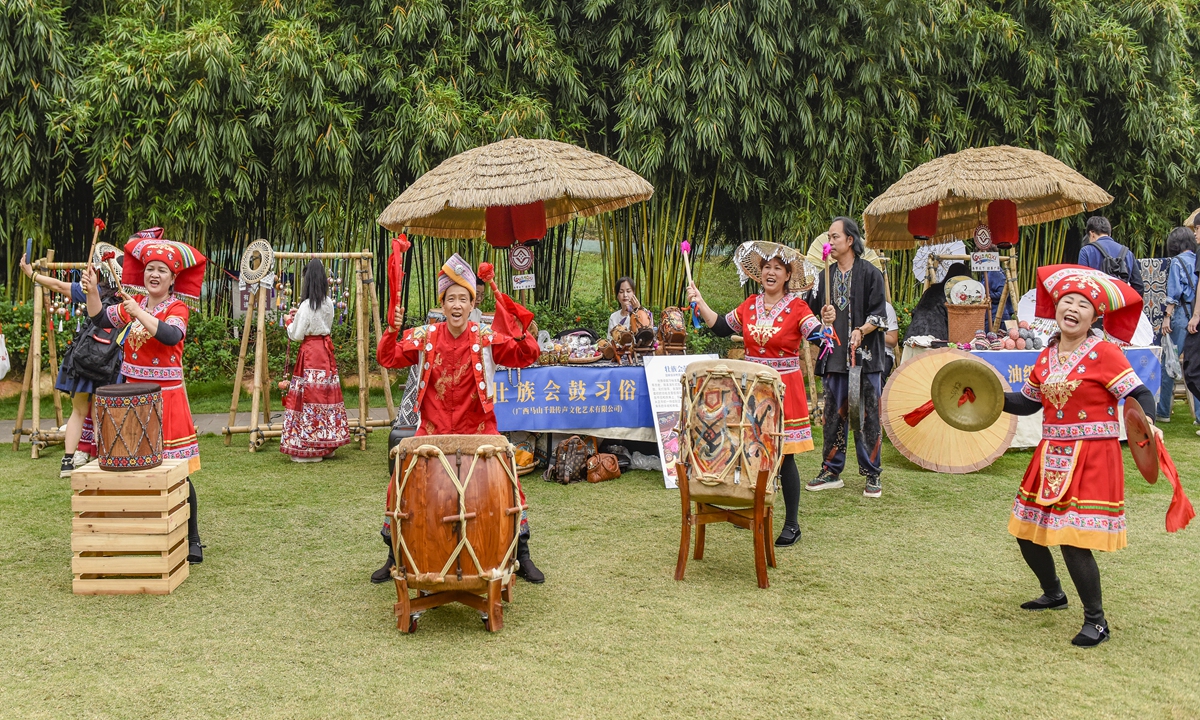
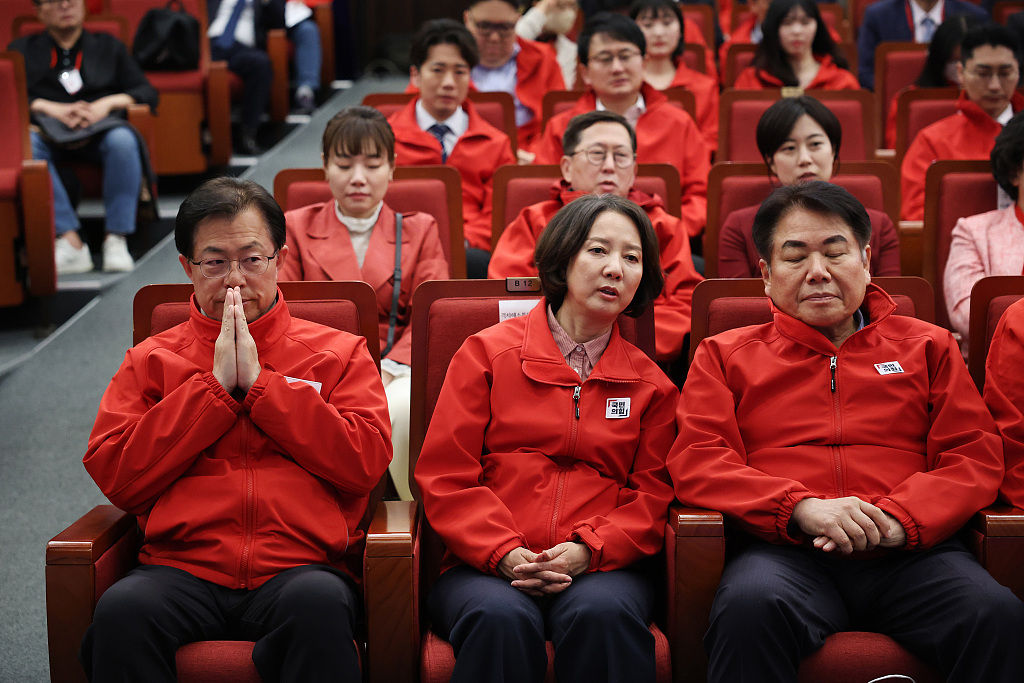
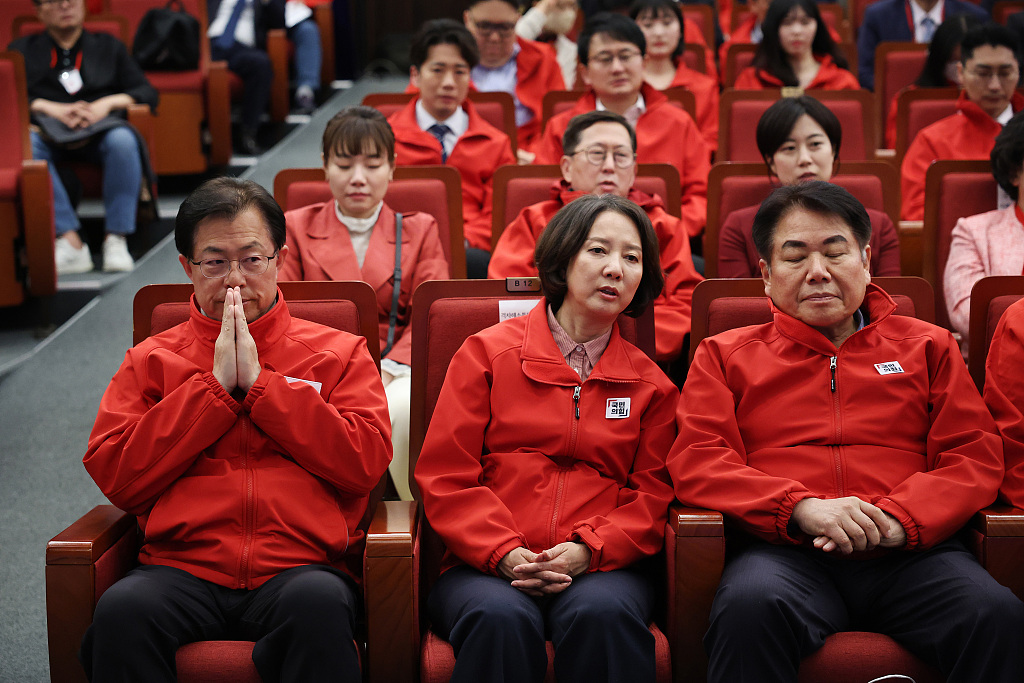 Members of the South Korean ruling People Power Party wait for news on the results of exit polls for the parliamentary election at the National Assembly on April 10, 2024 in Seoul, South Korea. /CFP
Members of the South Korean ruling People Power Party wait for news on the results of exit polls for the parliamentary election at the National Assembly on April 10, 2024 in Seoul, South Korea. /CFP  Japan’s modified destroyer, JS KAGA. April 6, 2024. /Photo courtesy Japan Maritime Self-Defense Force
Japan’s modified destroyer, JS KAGA. April 6, 2024. /Photo courtesy Japan Maritime Self-Defense Force 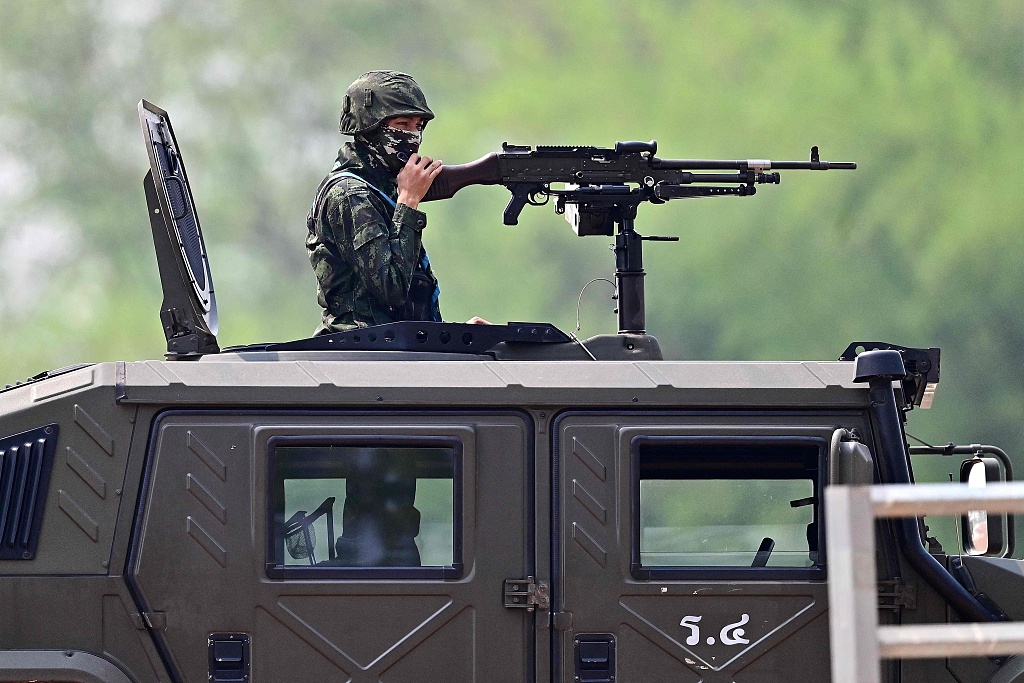 Thai military personnel keep guard atop an armored vehicle along the Moei river on the Thai side, next to the 2nd Thai-Myanmar Friendship Bridge in Thailand’s Mae Sot district on April 11, 2024. /CFP
Thai military personnel keep guard atop an armored vehicle along the Moei river on the Thai side, next to the 2nd Thai-Myanmar Friendship Bridge in Thailand’s Mae Sot district on April 11, 2024. /CFP  The Netflix logo on one of their Hollywood buildings in Los Angeles, California, U.S., July 12, 2023. /Reuters
The Netflix logo on one of their Hollywood buildings in Los Angeles, California, U.S., July 12, 2023. /Reuters 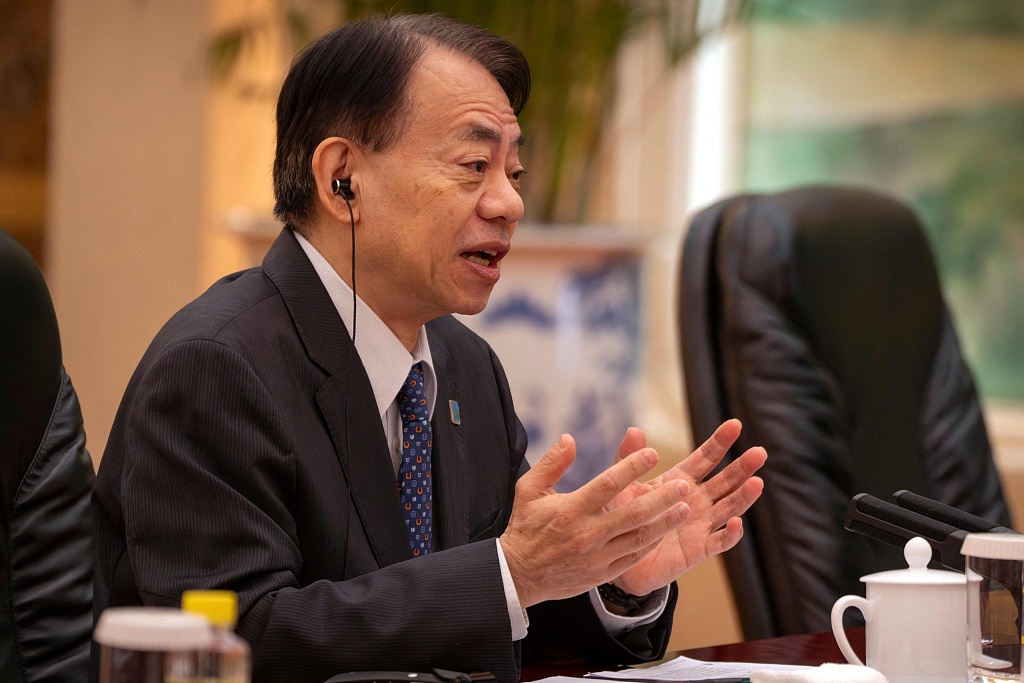 Masatsugu Asakawa, president of the Asian Development Bank, meeting with Chinese officials at the Great Hall of the People in Beijing, China on July 11, 2023. /CFP
Masatsugu Asakawa, president of the Asian Development Bank, meeting with Chinese officials at the Great Hall of the People in Beijing, China on July 11, 2023. /CFP 
 /CFP
/CFP 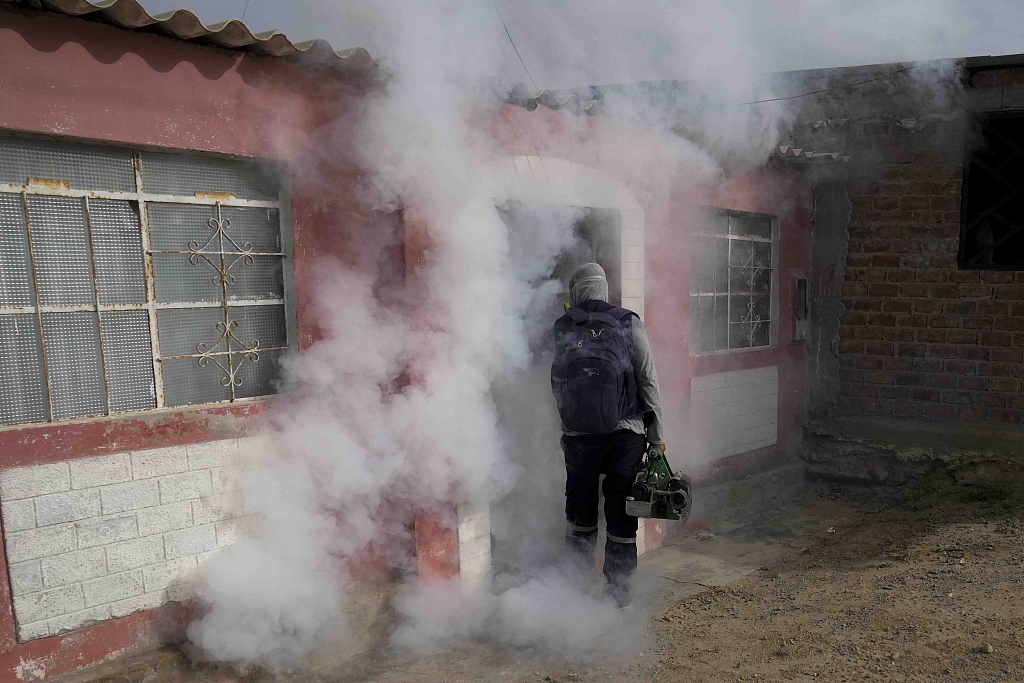
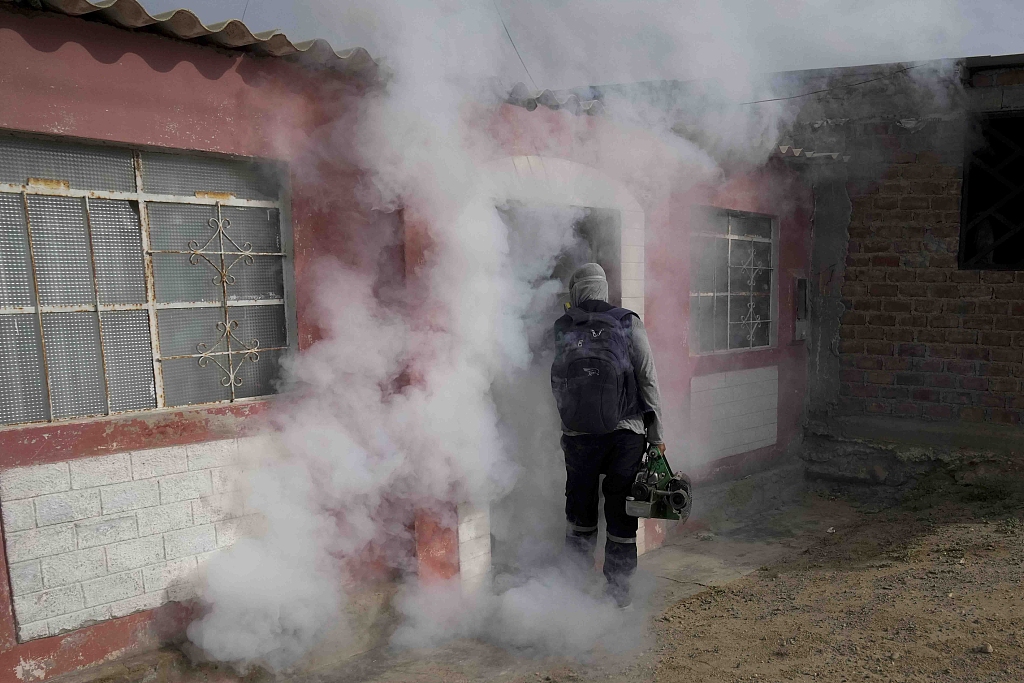 A health worker leaves a home after fumigating it for mosquitoes to help mitigate the spread of dengue in the Las Penitas area of Talara, Peru, March 1, 2024. /CFP
A health worker leaves a home after fumigating it for mosquitoes to help mitigate the spread of dengue in the Las Penitas area of Talara, Peru, March 1, 2024. /CFP 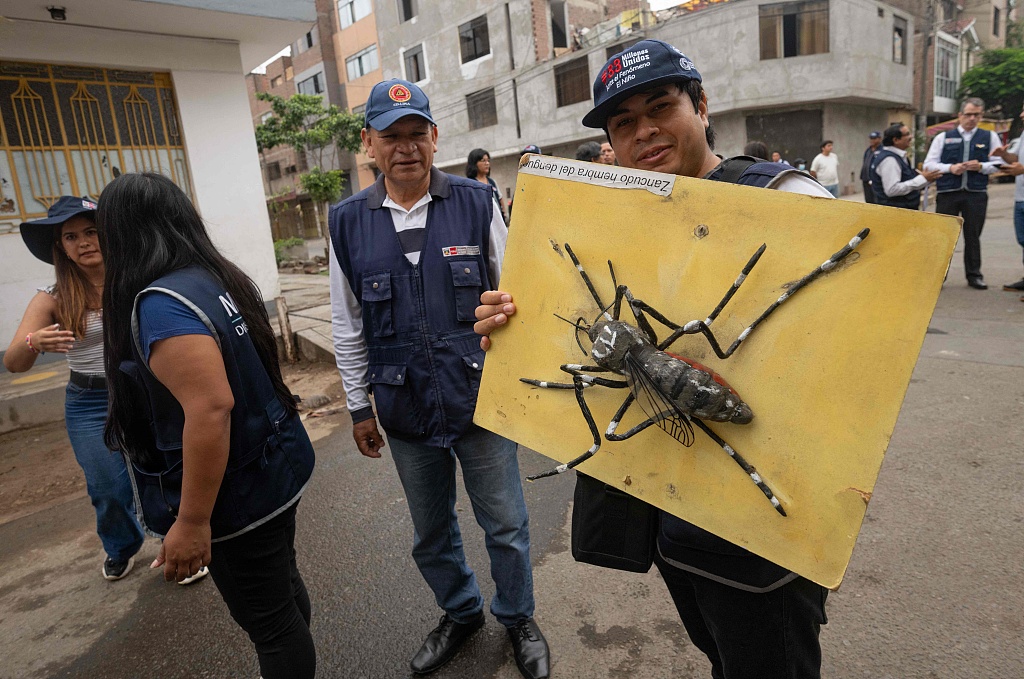 A staff member of the Peruvian Ministry of Health shows an image of an Aedes aegypti mosquito at the populous district of El Agustino in Lima, Peru, February 27, 2024. /CFP
A staff member of the Peruvian Ministry of Health shows an image of an Aedes aegypti mosquito at the populous district of El Agustino in Lima, Peru, February 27, 2024. /CFP 
 Rescuers work at the destroyed building of the Iranian consulate in Damascus, Syria, April 1, 2024. /Xinhua
Rescuers work at the destroyed building of the Iranian consulate in Damascus, Syria, April 1, 2024. /Xinhua 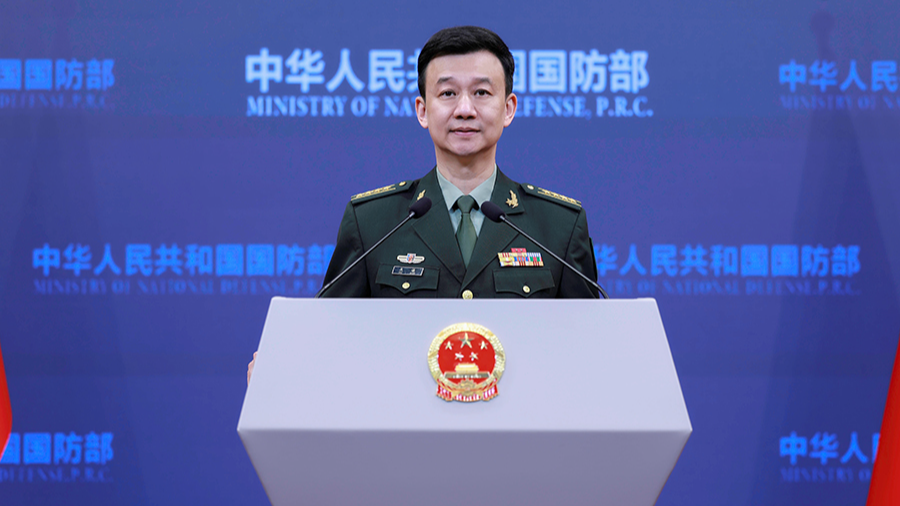
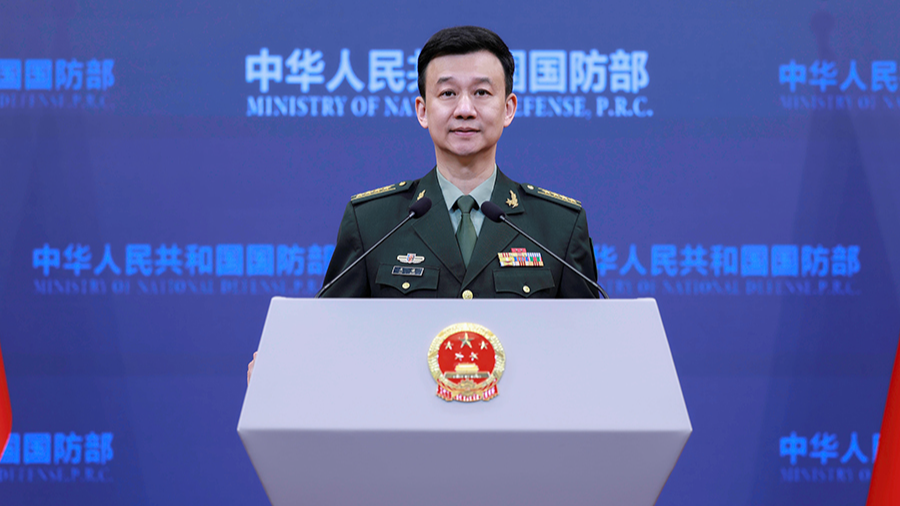 Wu Qian, spokesperson for the Ministry of National Defense, speaks at a regular press conference in Beijing, China, April 12, 2024. /Website of Chinese Ministry of National Defense
Wu Qian, spokesperson for the Ministry of National Defense, speaks at a regular press conference in Beijing, China, April 12, 2024. /Website of Chinese Ministry of National Defense 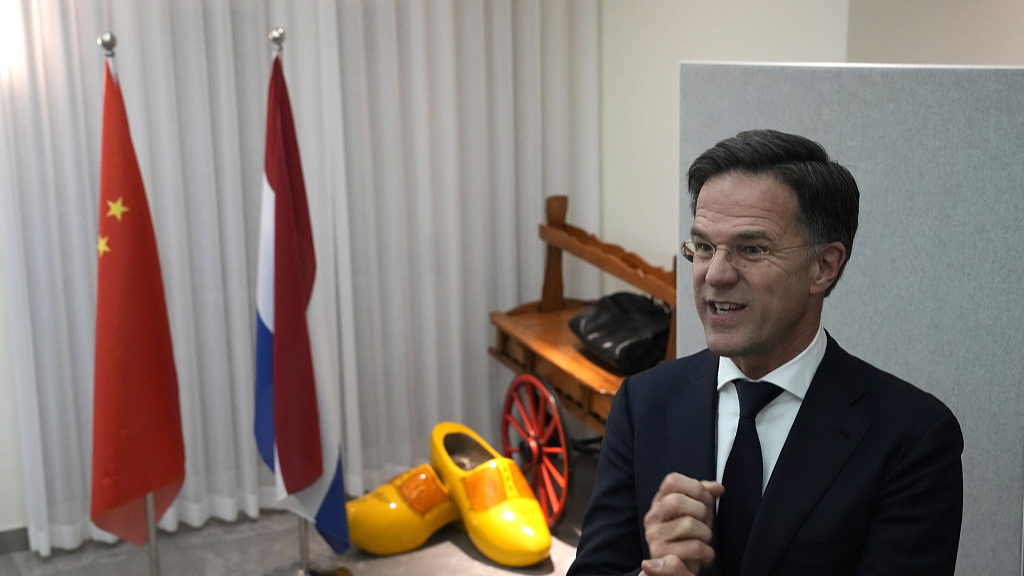
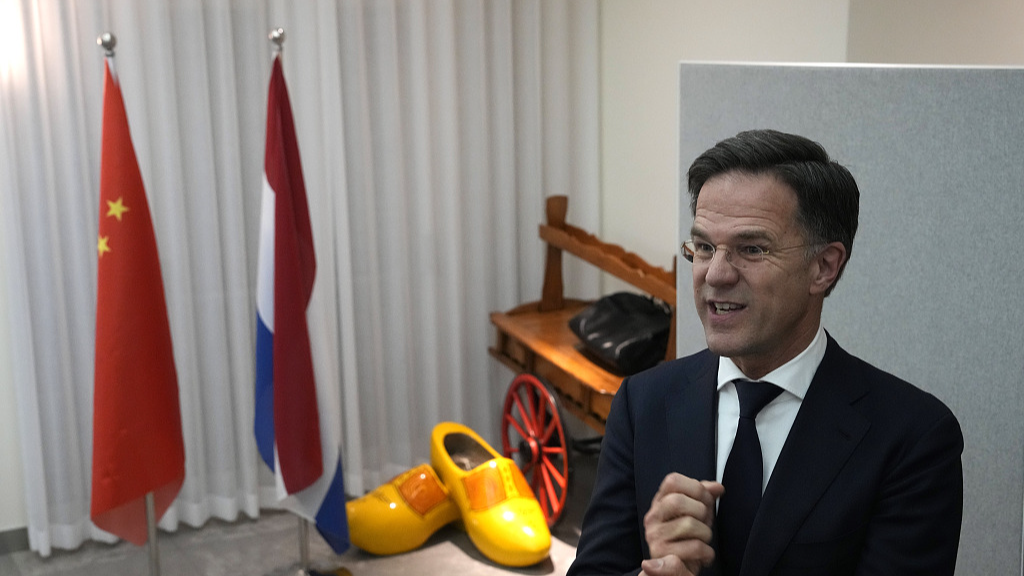 Dutch Prime Minister Mark Rutte speaks to journalists at the Dutch embassy in Beijing, March 27, 2024. /CFP
Dutch Prime Minister Mark Rutte speaks to journalists at the Dutch embassy in Beijing, March 27, 2024. /CFP 

